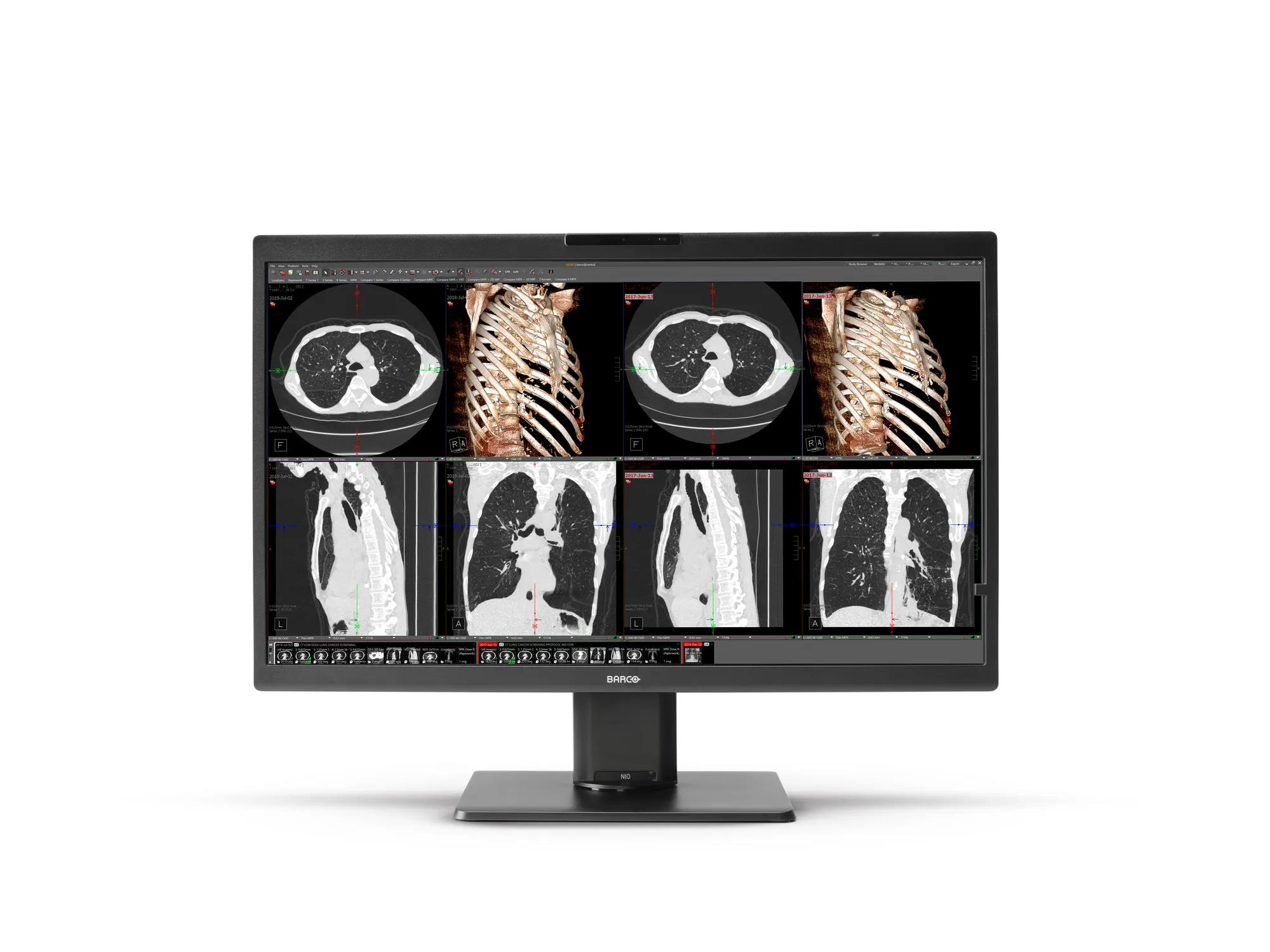Top tips for radiologists reading at home
洞察 · 放射学 · 3 分钟阅读

There are different types of teleradiology. Some radiologists only occasionally perform remote reporting of exams, in case of emergencies for example. Others have one or more fixed days in the week dedicated to working at home. And some rads even work at home full-time. We’ve listed up some teleradiology tips and tricks below!
1. Take time to find the perfect setup
Ergonomics and productivity are closely related, so the first thing you need to do is take a broader look at the entire room you’re working in. Where are the light sources in the room? Are they in the right place, or will they disturb you? Are you sitting in a chair that’s adjusted to your posture and is your screen at the right height?
Some radiology monitors have an Ambient Light Sensor that gives a warning when your environment becomes too bright.
2. Make sure you have a good internet connection
When you’re processing a high volume of heavy files such as medical exams, nothing is more annoying than the internet saying ‘no’. So make sure you have a good internet connection, and make arrangements with housemates who like watching Netflix or streaming online games.
3. Ensure security & privacy
If you’re not sure about this, check with your hospital’s IT department how the patient records you’re using are shared with your home office. For instance, some organizations make use of a VPN (Virtual Private Network) or a similar secured connection, which allows you to easily and safely access the hospital network.
4. Double-check quality & compliance
Nowadays, calibration and compliance checks can be tackled from a distance. Software exists, such as our QAWeb Enterprise platform, that allows IT, quality and compliance staff to keep track of all PACS workstations in a medical organization – regardless whether they're onsite or connected remotely.
5. Don't give up on performance and workflow
Just like in the hospital you’ll need a medical-grade diagnostic monitor at home to read your images. (Inter)national guidelines describe the requirements that need to be fulfilled to diagnose cases in a reliable way. Download our ebook on these requirements here. And enjoy excellent image quality at home with our range of diagnostic displays!
6. Take breaks and exercise!
Okay, you probably saw this one coming. Drink enough water and set a mental alarm for stiff muscles or stinging eyes. That means it’s time to open the windows, let in some fresh air and get your blood flowing by taking a little walk or doing some stretching exercises!


